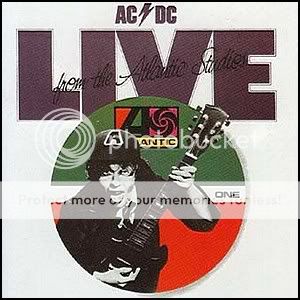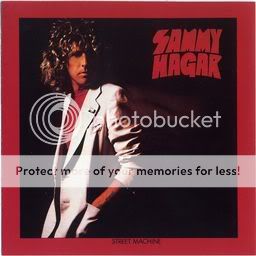As the optimism of the late 60s crumbled, music became darker. In 1970, Deep Purple (Mark II) recorded their genre-shaping masterpiece ‘In Rock’ and, Black Sabbath, in their debut, gave the world something which would be seen as of the first truly heavy metal albums. That same year, Uriah Heep released their debut, ‘Very ‘Eavy…Very ‘Umble’, an album which often gets overlooked.
Heep fans hate that the band often gets referred to negatively as a poor man’s Deep Purple (especially given that Uriah Heep’s music drew from a broader palette than Purple’s as their respective careers wore on). Fact is though, Uriah Heep are always likely to be mentioned in the same breath as the Purps, purely based on the music contained within the grooves of ‘Very ‘Eavy…’ – some of the songs tread a similar path of blues and hard rock (with a smidgeon of prog) as the Deep Purple output from ‘In Rock’.
Before delving into the tracks on the record, it should be noted that ‘Very ‘Eavy…’ is a little bit of a mess, band line-up wise. The album features David Byron (vocals), Mick Box (guitar) and Paul Newton (bass) on all tracks. Keyboard player Ken Hensley lends his chops to most of the album, but a couple of songs were recorded prior to his appointment. Likewise, although Nigel Olsson is the best known drummer from the sessions, he only appears on two tracks – the majority of the drum work having been performed by Alex Napier. Put simply, Uriah Heep weren’t exactly a cohesive unit in 1970. Luckily, though, ‘Very ‘Eavy…’ contains some cracking tracks.
Opening the album is one of the band’s best known songs, ‘Gypsy’. This is one of the tracks which is largely responsible for the Purple comparison – combining, as it does, slabs of Hammond organ work with a monolithic guitar riff. ‘Dreammare’ takes a similar hard rock approach, but tempers it with psychedelic blues elements. Mick Box’s aggressive guitar work throughout is the tracks main focus, but lots of pompy harmony vocals (something of an early Heep trademark) help give the band an individual quality. A melodramatic cover of ‘Come Away Melinda’ (previously recorded by Judy Collins, Harry Belafonte and others) highlights a softer side to the band. David Byron’s aching (dare I say crooned?) vocal is complimented by sounds from a mellotron and a fantastic bass line.
‘Real Turned On’ remains an unremarkable rock number despite a decent riff and is probably the album’s weakest track. It achieves its goal, but up against the rest of the material there’s not much to make it stand out. The epic ‘Wake Up (Set Your Sights)’ is another moment where Deep Purple comparisons are almost unavoidable. The Hammond organ comes in waves and Mick Box’s guitar work occasionally slips into Ritchie Blackmore territory, while Byron’s powerful voice more than occasionally wanders into similar territory as classic Ian Gillan. There’s an element weaving in and out which is reminiscent of Deep Purple’s under-rated Mark I line-up too (actually, there are elements of ‘Come Away Melinda which share similar traits to Deep Purple’s fledgling pre-1970 line-up; interesting how people only lazily compare this album to Deep Purple Mark II’s work… It shares just as much in common with the Mark I stuff). It should never be considered second-rate compared to Purple though, no matter what line-up it most resembles. This album represents a band who bring enough of their own talents and flourishes to make it hold up beyond all the easy comparisons. The unmistakable Heep harmonies make well-timed appearances during ‘Wake Up (Set Your Sights)’, but it’s the track’s more subtle elements which make it a winner. Alex Napier’s hard rock drumming is full of jazz flourishes (his work here is excellent and you have to wonder why he did not want to stick with the band) and Paul Newton’s bass runs are not only complex, but beautifully played. Forget ‘Gypsy’ – it’s this track which really should be the album’s most treasured song.
Rolling Stone famously slated ‘Very ‘Eavy…Very ‘Umble’ upon release and they weren’t alone in their dislike of Uriah Heep. Granted, the album is unlikely to be part of the public consciousness in quite the same way as the early Zeppelin, Purple and Sabbath classics, but it’s a solid debut. Uriah Heep would go on to record more adventurous albums than some of the music found on ‘Very ‘Eavy…Very ‘Umble’ would suggest, but despite its stupid Dickens-referencing title, this first outing from Uriah Heep is a fine start to a long career.
February/April 2010





